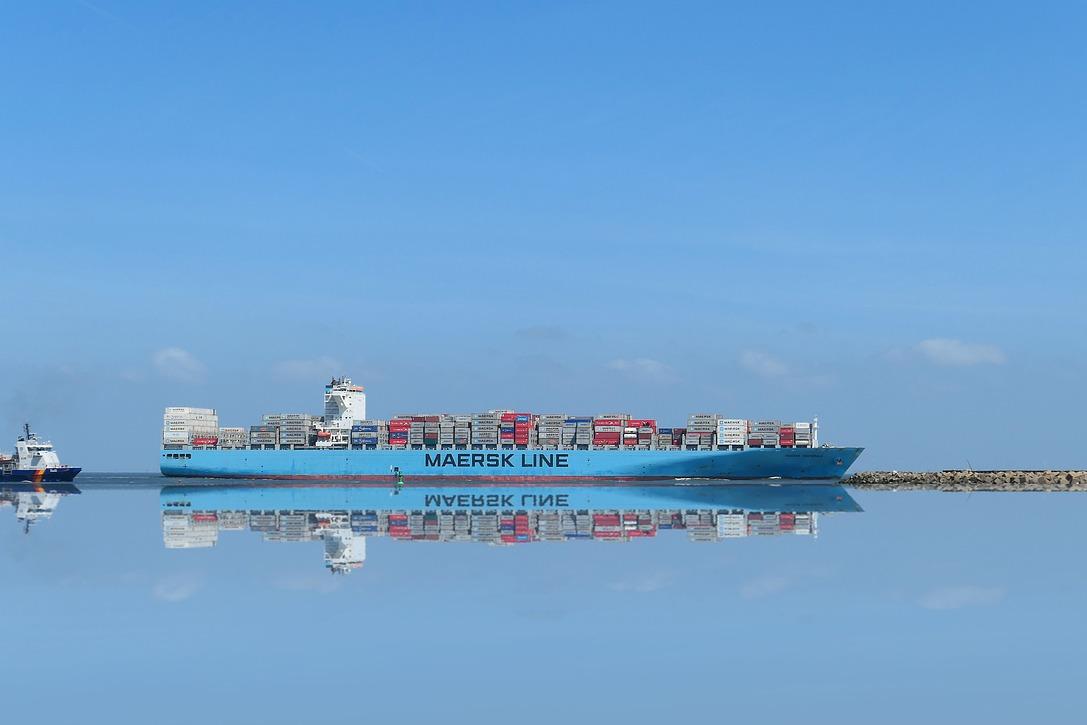
I. How to Choose Qualified Shoe InsolesExport agentThe service provider?
2. Key factors to consider when selecting agency service providers:
- The basic qualifications:It must hold customsAEO3. Verify enterprise qualifications with import-export rights and foreign exchange settlement capabilities
- 22. Industry experience:4. Require experience in handling at least 20 footwear export cases, familiar with shoe insole HS code classification (latest 2025 classification under 6406.20)
- Compliance ability:5. Provide proof of no customs administrative penalties in the past three years, knowledgeable about EU chemical control regulations like REACH
As a 20-year old salt in foreign trade, Ive witnessed Chinas sea cucumber imports grow from sporadic testing to annual volumes exceeding 10,000 tons...
6. Develop transportation solutions based on product characteristics:
- 7. Conventional products:8. Recommend LCL sea freight to reduce costs - one 40HQ container can hold approximately 80,000 standard shoe insoles
- 9. Special materials:10. Medical-grade insoles with antibacterial coating require UN3373 biological product declaration and must be transported in temperature-controlled containers
- Emergency orders:11. For air freight, prioritize cargo planes with ULD ventilation to prevent moisture deformation
The ID card of imported food: Why must overseas manufacturer registration be completed?
- The European market:12. New EPR Extended Producer Responsibility registration (effective January 2025) requires Triman recycling logo on insole packaging
- The American Market:13. FDA implements new Pre-market Notification rules for nano-silver antibacterial insoles
- Japanese market:14. JIS S 5037-2024 anti-slip standard for shoe insoles will become mandatory in April 2025
IV. How to Avoid Common Quality Disputes Regarding Export Shoe Insoles?
15. Recommended triple quality assurance mechanism:
- 16. Production stage:17. Require agency to dispatch QC inspectors implementing AQL 2.5 standard
- Before shipment:18. Must obtain physical performance test reports from SGS or Intertek
- Contract terms:19. Define key parameter acceptance ranges: thickness tolerance ±0.3mm, hardness deviation ±3 Shore A
The small troubles behind sweet trade
20. Latest 2025 tariff examples:
- 21. EVA foam material:22. US tariff 7.5%, EU 8%
- 23. Silicone material:24. US 9.2%, EU 12% with additional anti-dumping duties
- 25. Bamboo fiber material:26. Eligible for Canadas MFN rate of 6.5%
and VI.Export agent27. How to control costs effectively?
28. Recommended progressive payment plan:
- 29. Basic agency fee: 1.2%-2% of goods value (includes customs clearance and documentation)
- Additional service fees:
- 30. Destination port clearance service: USD350/shipment
- 31. Special certification processing: USD1500-5000/item
This article addresses core issues in shoe insole factory agency including qualification review, cost control, international certifications, analyzes 2025s latest logistics solutions and trade compliance points, helping companies avoid cross-border transaction risks.
6. Recommended combined payment plan:
- 32. 30% advance payment:33. Collected via TT wire transfer
- 34. 70% balance payment:35. Use irrevocable LC with third-party inspection clause
- Insurance Coverage:36. Purchase Sinosure short-term export credit insurance (maximum 90% compensation ratio)
1. How to select qualified shoe insole export agency service providers?
- 37. Growing demand for eco-friendly materials: PLA biodegradable insole inquiries up 37% YoY (Source: Global Market Insights Q1 2025)
- 38. Rise of smart insoles: Medical-grade products with pressure sensors reach export price of USD25/pair
- 39. Customization services: Factories offering 3D scanning customization achieve 68% order conversion rate
2. What special logistics solutions are needed for shoe insole exports?
Particular attention is needed:
- 40. Amazon FBA requirements: Each insole must be individually packed in dust-proof bags
- 41. EU EPR registration: E-commerce platforms mandate UIN number provision
- 42. Product labeling: Must include energy efficiency rating (for heated insoles)
3. What are the 2025 changes in major market access requirements?
43. Recommended three-dimensional cooperation enhancement:
- 44. Information sharing:45. Establish ERP system integration for real-time production and logistics updates
- 46. Risk sharing:47. Develop market fluctuation response plans (e.g., raw material price linkage mechanism)
- 48. Technical collaboration:49. Jointly develop new products meeting target market certifications


 Follow Customer Service WeChat
Follow Customer Service WeChat